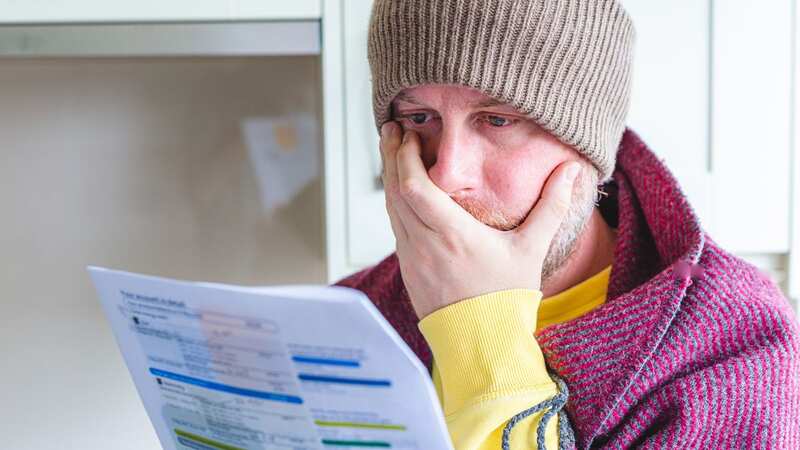

Despite Ofgem announcing a big reduction in its energy price cap from April, bills are set to include a "temporary" extra charge to help tackle record debt.
Ofgem is taking action to help customers who are behind with their payments with a series of measures which are all aimed at helping those worse off. "To address this challenge in the short-term, Ofgem will allow a temporary additional payment of £28 per year (equivalent to £2.33 per month) to make sure suppliers have sufficient funds to support customers who are struggling", its statement said.
"This will be added to the bills of customers who pay by direct debit or standard credit and is partly offset by the termination of an allowance worth £11 per year that covered debt costs related to the COVID pandemic." James Longley, managing director at Utility Bidder, said: "When the concept of Ofgem's energy price cap was first considered in late 2018, there was profound relief that action was being taken by regulators to protect millions of UK customers from inflated tariff prices and force suppliers to cut prices.
"The average cost of an annual standard variable tariff was capped at £1,137 in January 2019, yet no one could have predicted the Covid-19 pandemic and the resultant energy crisis that followed. So, more than five years since price cap measures to limit surging domestic tariffs were introduced, we've seen caps reach as high as £4,000. As part of Utility Bidder's study into the Impact of the Energy Price Cap, we've considered the consumer habits that have changed as a result and profiled the household items that are using more or less energy than ever before.
"Perhaps most striking is that the only electrical appliance with an increase in average household energy consumption is the computer, with a rise of almost 10 per cent between 2019 and 2022. This increase was likely due to the greater number of people working from home, which became the norm during the pandemic.
 Shop prices 'are yet to peak and will remain high' as inflation hits new heights
Shop prices 'are yet to peak and will remain high' as inflation hits new heights
"It was cooking appliances that saw the most significant increase in the UK, however, with almost four per cent more kitchen devices creeping into homes since 2019. From the study, such items were categorised by electric ovens, electric hobs, microwaves, and kettles, all of which saw purchases increase by at least 400,000 in the period profiled."